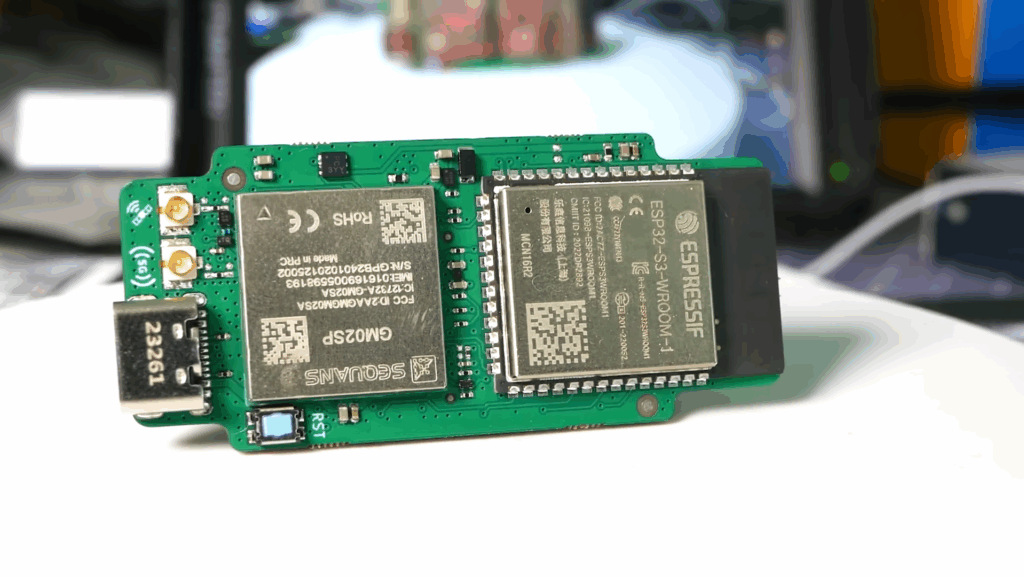
The introduction of the new GSM radio module, known as **Walter**, by **DPTechnics** from **Belgium**, marks a significant development in the realm of cellular connectivity for Internet of Things (IoT) projects. This module reunites users with cellular technology as the once-popular 2G connectivity fades into obsolescence.
Walter is a fully open-source device equipped with an **ESP32-S3** for WiFi and Bluetooth Low Energy (BLE) support, alongside a **Sequans Monarch** chip that provides GSM and Global Navigation Satellite System (GNSS) capabilities. While it does not offer the high speeds of modern 5G networks, Walter is designed for low-power applications, utilizing **LTE-M** and **NB-IoT** technologies that cater to specific IoT needs. Users can expect speeds measured in kilobits per second rather than the megabits that many are accustomed to, but the trade-off is very low power consumption.
Practical Applications and Features
One of the standout features of Walter is its energy efficiency, consuming a mere **9.8 μA** in deep sleep mode. This makes it suitable for battery-powered applications where longevity is crucial. The module serves as a drop-in replacement for the older **GPy** module from **PyCom**, which has reached the end of its life. For developers who had projects in the pipeline that relied on the GPy module, Walter presents a timely solution.
Although LTE-M does not support Voice over LTE (VoLTE), making it unsuitable for applications like traditional mobile phones, it remains a compelling choice for projects that require reliable connectivity in areas with cellular coverage. For developers who prefer not to use technologies like LoRa, Walter offers an attractive alternative.
The module has already received certifications from multiple regulatory bodies, including **CE**, **FCC**, **IC**, **RCM**, and **UKCA**. These approvals facilitate a smoother transition from prototype to production, provided Walter is the sole radio module used in projects.
Community Reception and Future Prospects
In a recent review, tech enthusiast **Data Slayer** highlighted Walter’s potential as an effective GPS tracker, showcasing its capabilities in real-world applications. The community response has been positive, indicating a strong interest in leveraging this technology for various IoT initiatives.
As the landscape of cellular connectivity continues to evolve, the introduction of Walter signifies a step forward for developers seeking efficient and reliable solutions. With the ongoing decline of 2G networks, innovations like Walter are crucial for maintaining connectivity in an increasingly wireless world.
For those interested in exploring this new technology, Walter is now available, and feedback from the maker community will likely shape its future iterations. Contributions and insights from users can only enhance its development, further cementing its place in the growing field of IoT connectivity.






